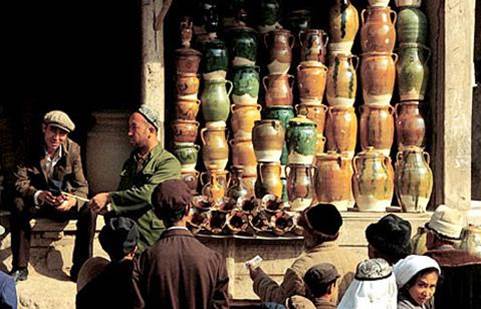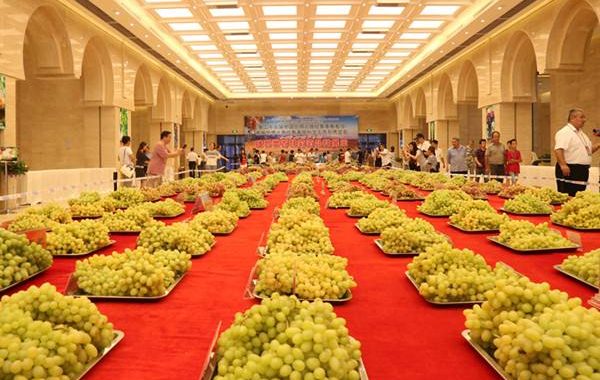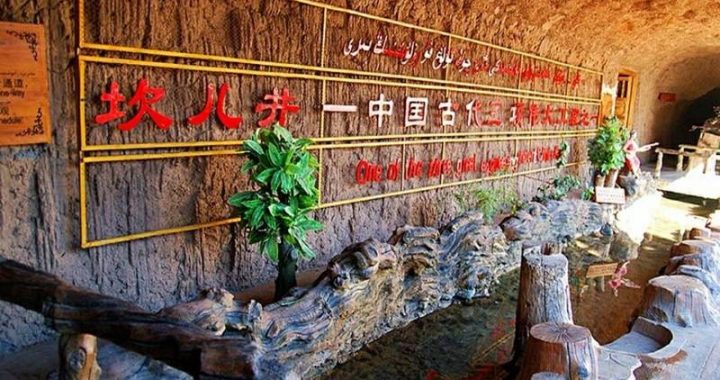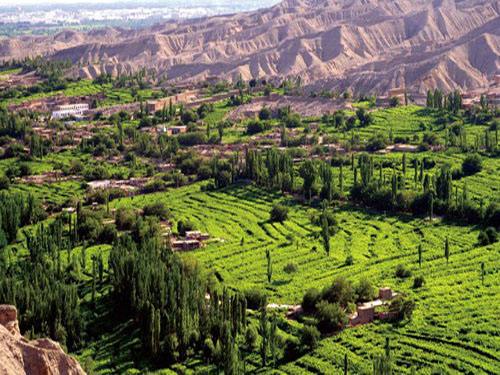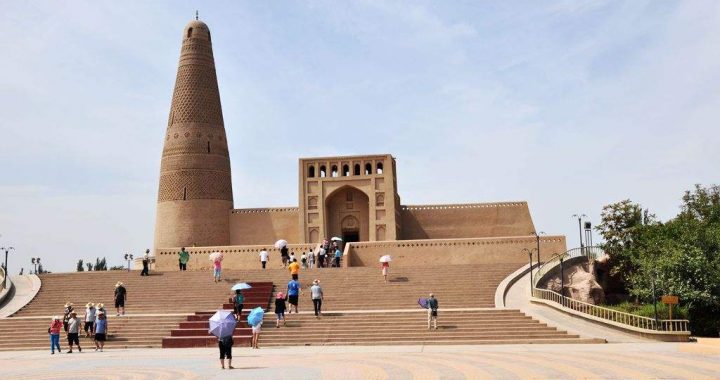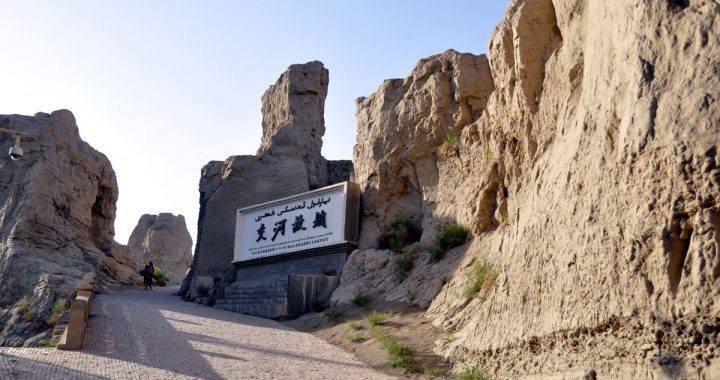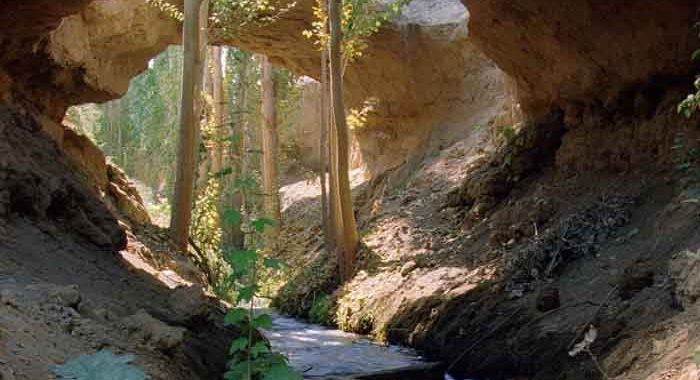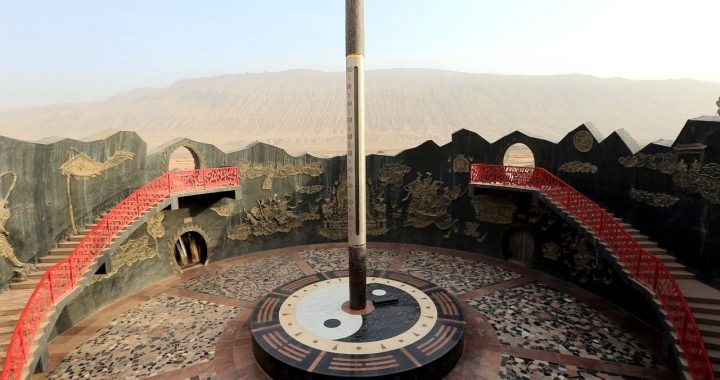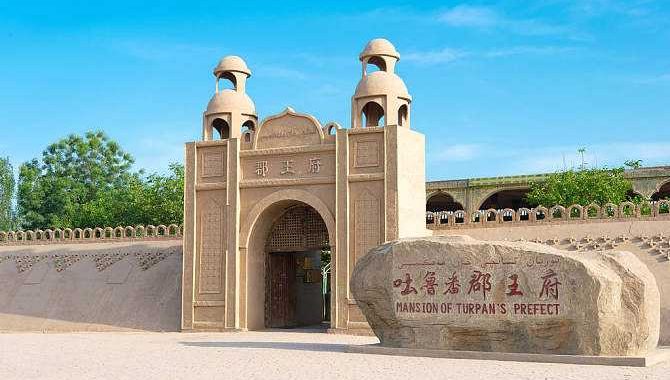turpan desert tour
3 min readMost of Turpan’s most dramatic and impressive sights dot the desert surrounding the shifted several times, often following the shifting courses of the melting snows of the Tian Shan. These sites are best taken in by hiring a minibus They often wait outside tlhlally hotels and tourist cafe, offering their services. While the ride itself is cheap, usual.around RMB per person for the day, most of the sites have their own prices for dmission.
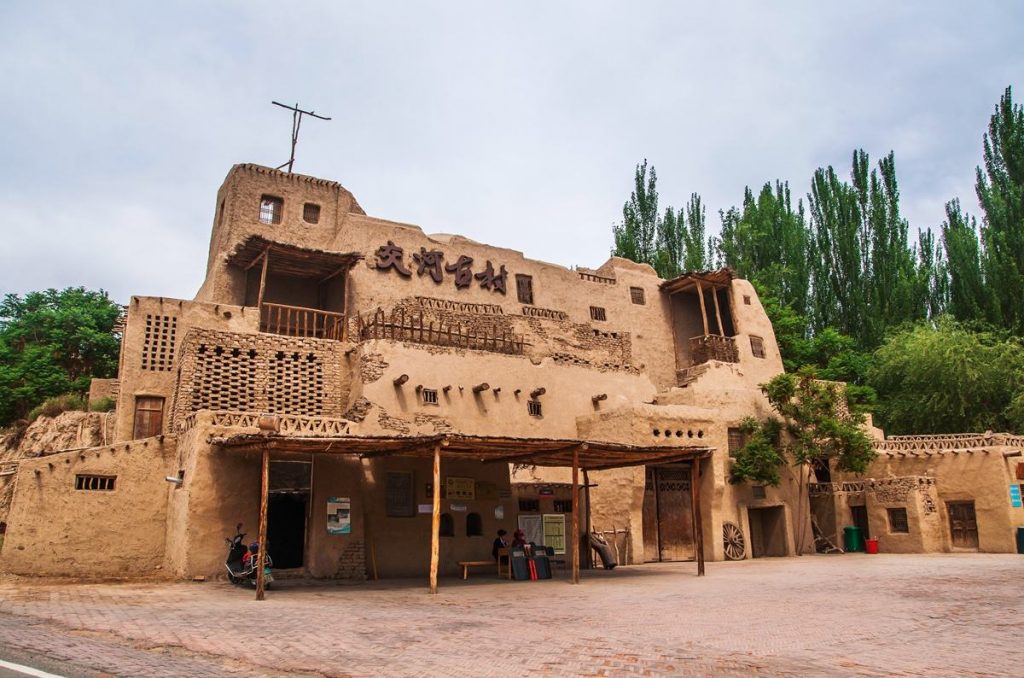
To avoid the midday heat, most tours start out at the crack of dawn. The first stop is most usually the Gaochang Ruins(gaochang gucheng,29.5 miles 46 km east of Turpan. Dating back to the 7th century during the Tang dynasty, Gaochang, once the capital of a local ruler, hold remnants of the Uyghur’s pre-Islamic past stands above the southwestern corner of the walled city. Most people walk or hire donkey carts to ride around the crumbling mud-brick structures where the whispering desert wind evokes a sense of endless time.
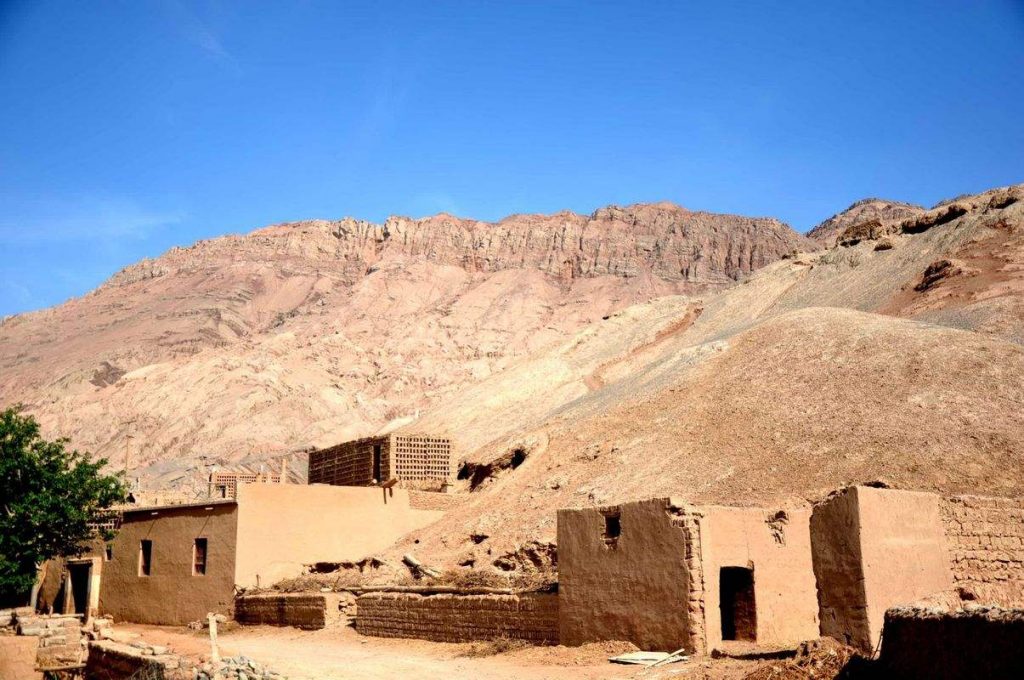
Quotes
“Turpan is everything I dreamed off; the romance of the old Silk Road and the vibrancies of a culture kept alive to this day. his this tranqui he inho itable ert is “That an oasis could be this rich and this tranquil when surrounded by the inhospitable desert is true homage to the pirit of man.
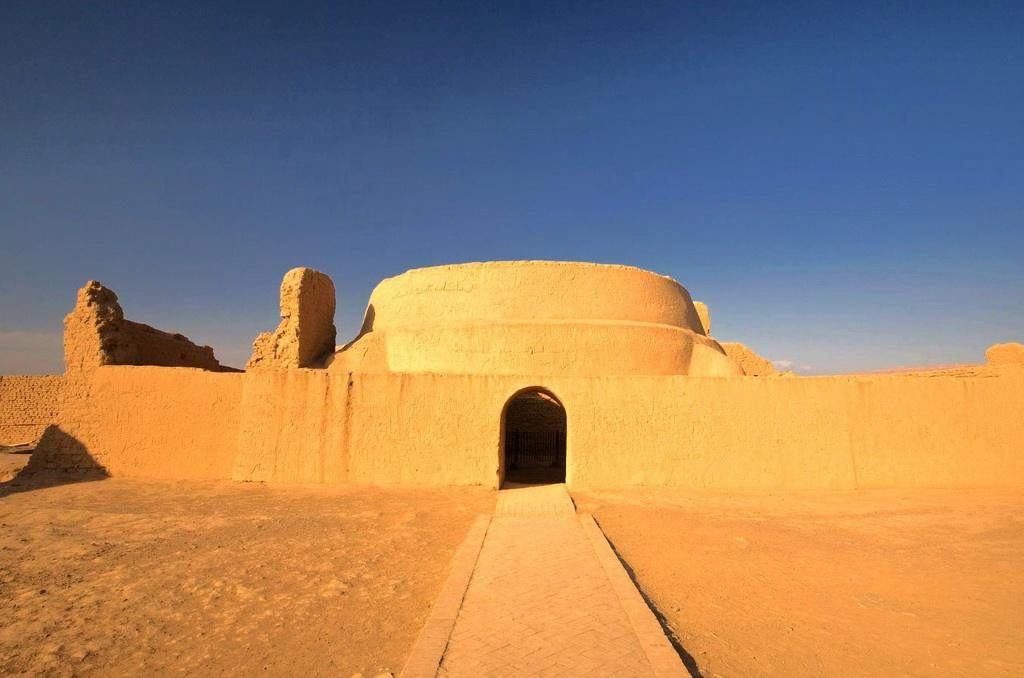
Located nearby are the Astana Graves(asi tand gumuqun) where Gaochang ancestors are buried. The history of the graves are somewhat shrouded in mystery archeologists have discovered many of those buried here are Han Chinese and Uyghur.Three of these tombs are open to tourists and are approached through narrow staircases descending to cool, damp burial chambers nearly 20 feet (6m) below ground. Paintings on the walls, many depicting birds, indicate the belief in an afterlife. The paintings were meant to honor the dead and reflect hopes for their repose. One tomb contains two well-preserved lurpan’s museum. Artifacts dating back to the Jin tainin ynasty, from the3rdto5 centuries AD, were uncovered here, including sashes containing important records and documents Leaving the graves, the ride takes in the Flaming Mountains (huoyan shan ) a great photo opportunity. Made famous by the ancient Chinese classic novel Journey to the West(xiyouji), the surfaces of these desiccated mountains have been whipped into the shape of flames by howling desert winds. Under the relentless heat of the midday sun, the mountains radiate heat and with a dash of imagination, may appear to be on fire.
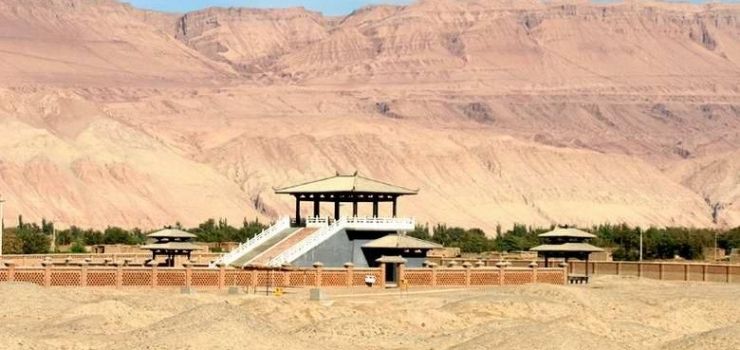
The next major stop is the Bezeklik Thousand Buddha Caves(bozikelike qianfodong). Though they pale in comparison to the cave art of Dunhuang,it ‘s’ still possible to sense the importance of Buddhism to Silk Road travelers, many of whom stopped here to pray for successful journey Most of the relics here were carted off by German explorer Alber Qoc and subsequently destroyed in the Allied bombing of Berlin. Dug into a mountai eath sweeping sand dunes and overlooking a roaring streall, the location is beautiful and haunting. Even if you don’t’ go into the actual caves, the site is well worth seeing To escape the noon sun’s onslaught, all tours stop for lunch at the Grape Valley (putao gou). Though it’s bit of tourist trap, the beautifully trellised valley provides a needed respite from the heat. Dug into the Gobi Desert with the Flaming Mountains on either side, the valley is a lush stripe of green in the barren desert surroundings. At the valley’s core is a flume of fast moving icy cold water traveling from the Tian Shan to Turpan City. The food in the valley is good and it’s also a good chance to shop for souvenirs and dried fruits. Those with excessive energy can climb the Flaming Mountains for great views of the valley, the Tian Shan and the Gobi.
